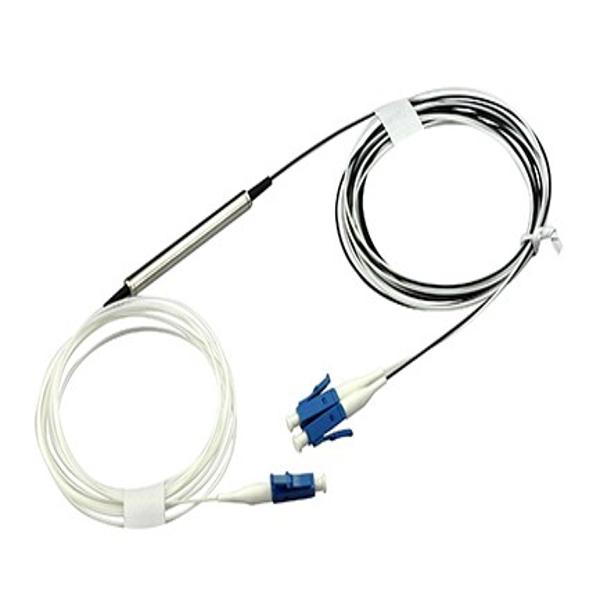"Angry Birds 2" Chief Farmer Established VR Game Studio
Neuston has an "ambitious goal" and is committed to developing "high quality VR social action games."
The chief programmer of Angry Birds 2 has set up a new studio and is dedicated to developing "social action games" in VR.
Jonas Johansson founded Neuston Studios in Stockholm, Sweden, last year, but this studio has only recently begun to appear in public view. Neuston has an "ambitious goal" and is committed to developing "high quality VR social action games." It is understood that Neuston's first game will be officially released in the next few weeks.

Johnson was previously the chief programmer of Rovio and spent more than three years in charge of R&D for Angry Birds 2. In addition, he has worked for Crytek ("Crysis" series) and Avalanche ("Defense 2").
The development experience of mobile games and 3A games will become an important factor for Neuston's success in VR. Johnson said in a statement in the Neuston official website that VR means that the game has never been as exciting as it is now.
He said: "Human beings are essentially social creatures. Sharing experiences create unprecedented connections. Virtual reality allows us to place ourselves in impossible experiences. Players can see their hands and look around in the new world. Four weeks.Hand-eye coordination has been the main content of action games for decades, and now is more intuitive than ever."
DWDM - Dense WaveLength Division Multiplex
DWDM (Dense Wavelength Division Multiplexing) is the ability to combine a group of optical wavelengths with a single optical fiber for transmission. This is a laser technology used to increase bandwidth on existing fiber optic backbone networks. More precisely, this technology multiplexes the tight spectral spacing of a single fiber carrier in a specified optical fiber in order to take advantage of the achievable transmission performance (for example, to minimize dispersion or attenuation). In this way, under a given information transmission capacity, the total number of optical fibers required can be reduced.


Dense Wdm,Dense Splitter,Dense Wdm Splitter
Shenzhen GL-COM Technology CO.,LTD. , https://www.szglcom.com